Rush Lawn Care has several applications to rid your lawn of unwanted yard diseases. See below for a brief list of some of the diseases we specialize in controlling. Declare victory over your lawn by requesting a FREE estimate today!
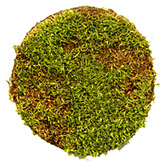
Anthracnose of turfgrass is found in many areas and climates. It attacks most turfgrasses but is most damaging on Annual Bluegrass and Bentgrass. Rotting of the basal stem is the most prevalent symptom detected during cool, wet weather.
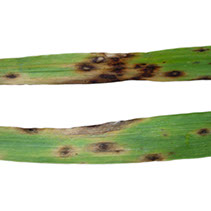
Brown Patch forms large (several feet) uneven circles with a gray to brown coloration. Centipede, St. Augustine, Bermuda, Rye, Fescue, Bent, and Zoysia grasses are susceptible.
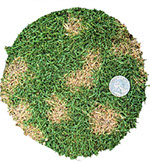
Dollar spot comprises small patchy spotting in which the grass dies off and ranges in color from tan to straw colored. This is a general occurrence near the coast and on soil that is low on nitrogen. Can be found in Bermuda, Bent, Blue, Fescue and Rye grasses.
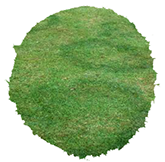
Fairy Ring has the appearance of a darker green amid the unaffected grass and surrounding an inner cob webbed dead grass. Trying to get water under the fungus and constant mowing will help provide some removal of the webbing. All grasses can be affected.
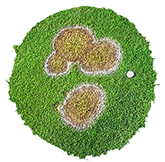
Fusarium Patch (Pink snow mold) develops under snow or at the edges of melting snow. Pinkish tinge can be seen in the early morning with thready fungi and white or pinkish spores of gel substance. Fescues, Zoysia, Rye grass, and Bent grasses are effected.
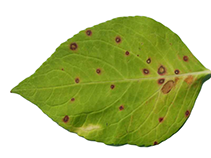
Leaf spot can readily be seen on the leaf blade itself and is straw colored inside and purple shading on the outside of the spots. Grasses affected are blue, Fescue and Bermuda grasses.
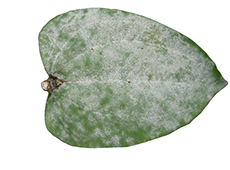
Powdery Mildew looks as if lime has been dusted onto the grass and results from too much shade in a damp area and not enough air circulation and too much fertilization. Bluegrass, Bermuda, and Zoysia are affected.

Necrotic Ring Spot is similar to Summer Brown Patch and forms frog eyed spotting with a reddish purple coloring with the disease growing on the grass for a period of time but not showing until the warmer, dryer parts of the summer. Grasses most affected are blue grasses, bent grasses and Fescues.
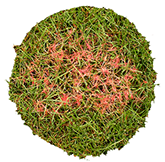
Red Thread starts out by water looking spots of the leaf and then the blades turn a tannish brown and shortly after the fungus makes thin thready attachments at the tips of the blades. Red Fescue, blue grass, rye, and bent grasses are affected.

Rust looks exactly as it sounds with the grass having rust to orange coloration from spores that build up on the blades of grass. This disease is more favorable to warm, damp weather where the grass doesn’t get the chance to dry out. Blue grass and rye grass are the most affected.
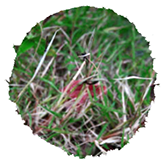
Stripe Smut looks exactly like it sounds with a dark coloration on the blades and bright green leaves that will eventually curl up and die. Blue grasses and bent grasses are affected.
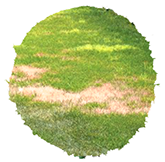
Summer Patch This fungus prefers the hot, drier weather which alternate from wet to dry periods. Keeping the grass watered during the drier times will help prevent this disease. Bent, tall fescues, blue grasses and perennial rye grass are affected.